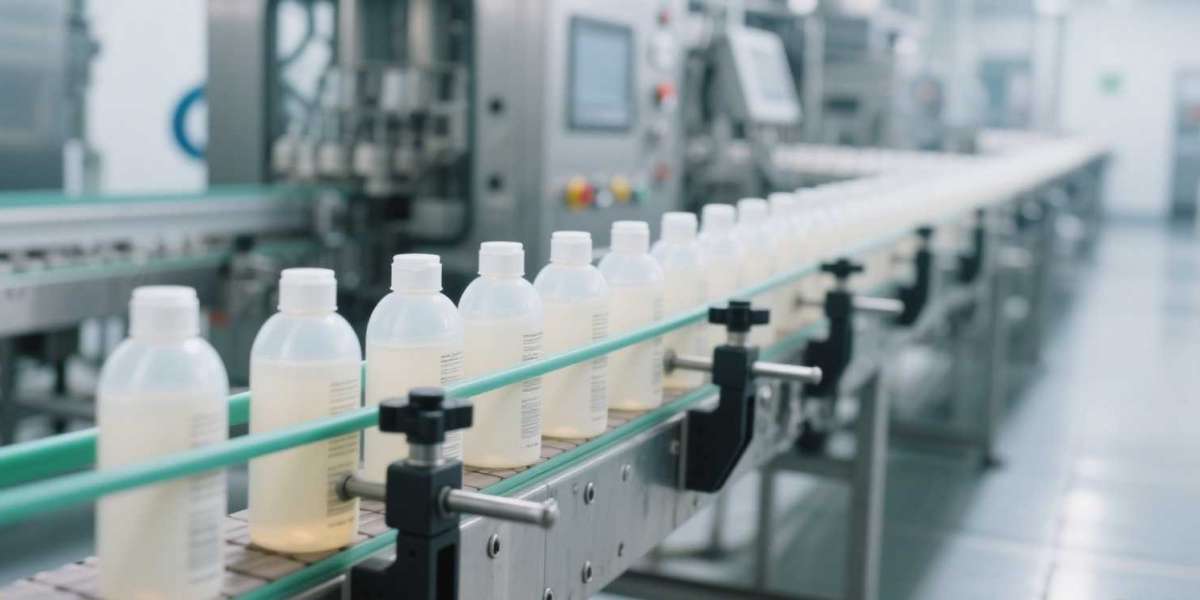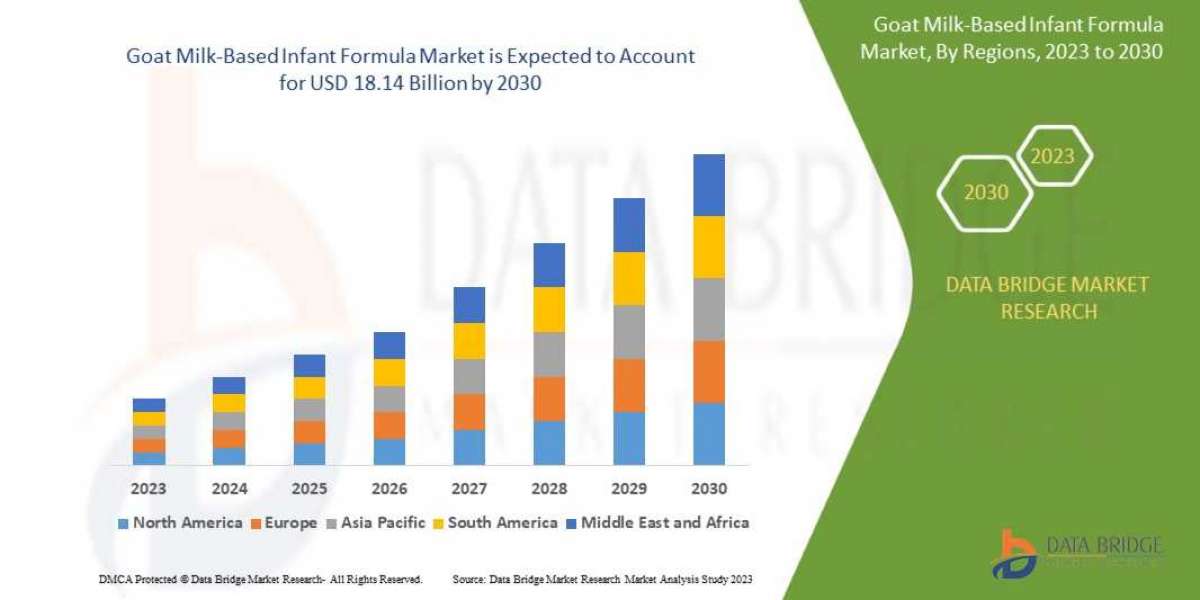If you make or sell shampoo, you might wonder if a filling machine is worth buying. Small businesses often start filling bottles by hand. But as sales grow, this becomes slow and expensive. Let’s see if a shampoo filling machine makes financial sense. We’ll use real examples from machines like those on Micmachinery.
consider the machine types available. Choices range from small manual units to large automatic ones. For instance, the MIC-V01 fills 5-25 bottles hourly—ideal for tiny batches. Conversely, the Tracking Type machine handles 3000-3600 bottles hourly, suited for big brands. The goal is to pick one matching your current sales volume.
For small businesses selling 100-500 bottles monthly, a manual machine like the MIC-ZG-1 might work. It costs less upfront—around a few hundred dollars. You control the filling by hand. This fits custom or small-batch shampoos. You avoid wasting money on a big machine you don’t need yet. Even here, the machine saves time. Filling 100 bottles by hand takes roughly 4 hours. With the MIC-ZG-1, it might take 2 hours. That frees up 2 hours weekly for marketing or new products.
For medium businesses selling 500-2000 bottles monthly, a semi-automatic machine like the MIC-ZF8 is logical. It fills 1800 bottles hourly—much faster than manual work. Do the math: Paying someone $15 hourly for 10 weekly hours costs $600 monthly. The MIC-ZF8 might cost $3000 but cuts labor time by 75%. You’d save $450 monthly. The machine pays for itself in about 7 months. Savings continue after that.
Large brands selling 2000+ bottles monthly need automatic machines. The MIC-R30I fills 20-30 tubes per minute. The Tracking Type machine handles 3000+ bottles hourly. These cost more upfront—perhaps $10,000 or more. But they’re essential for high volume. Imagine filling 10,000 bottles weekly. Manual filling needs 4 full-time workers, costing $2400 weekly. An automatic machine does it with one worker overseeing it, saving $1800 weekly. That’s $7200 monthly—the machine pays for itself in under 2 months.
Waste is another big factor. Hand filling often causes spills or uneven amounts. A machine like the Shampoo Sachet Packing Machine ensures each sachet gets the exact amount. If you waste 5ml per bottle by hand, that’s 50 liters lost for 10,000 bottles. At $10 per liter, that’s $500 lost. Machines cut waste to near zero, saving that money.
Consistency also matters for sales. Customers notice if bottles have different shampoo amounts. Machines like the Shampoo Bottle Filler with precision nozzles make every bottle look identical. This builds trust. Trust leads to repeat sales. One survey found consistent packaging boosted repeat cosmetic customers by 30%.
Versatility helps too. Many machines handle different containers. The Shampoo Pouch Packing Machine fills travel pouches. The same brand’s bottle filler works for standard bottles. This lets you expand your product line without new equipment. For example, start with bottles, then add pouches using the same machine. This saves money.
Maintenance is usually simple. Manual machines need basic cleaning. Automatic ones have simple parts that rarely break. Suppliers like Micmachinery often offer support. Small maintenance costs are much lower than manual labor expenses.
Consider a real example. Lisa sells 1500 shampoo bottles monthly. She paid two part-time workers $12 hourly for 15 weekly hours each—totaling $1440 monthly. She bought the MIC-ZF8 for $3500. Now, one worker spends 5 weekly hours running it, costing $300 monthly. She saves $1140 monthly. The machine paid for itself in 3 months. She now uses the savings to sell in more stores.
Of course, if you sell just 50 bottles monthly, a machine might be unnecessary now. But once you hit 100+ bottles, even a small machine saves time and money. Match the machine to your needs. Don’t buy a big automatic model if you lack the volume. But don’t keep filling by hand once it slows you down.
a shampoo filling machine is a smart investment for most businesses. It saves time, cuts waste, reduces labor costs, and aids growth. Whether you choose a small manual unit or a large automatic one, it will pay for itself and more. The real question isn’t whether you can afford it. It’s how much money you lose by not buying one.








